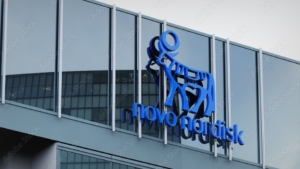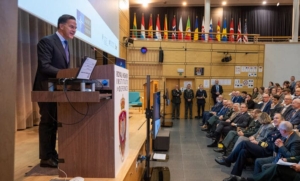
Human iPSC derived neurons for research and HTS
Widespread use of human induced pluripotent stem cell (hiPSC) derived mature cell types is restricted by complex differentiation protocols and inefficient reprogramming methods. By applying a novel gene engineering approach, opti-oxTM, to cellular reprogramming these restrictions have been largely overcome. This proprietary technology enables precise reprogramming and homogeneous differentiation of entire stem cell cultures into any desired cell type.
opti-ox1 (optimized inducible overexpression) cellular reprogramming enables tightly controlled and homogenous expression of selected transcription factors. The result is the consistent manufacture of homogenous and mature hiPSCs derived functional cells within days, offering access to the highest quality cellular models with simple protocols. ioNEURONS/glutTM glutamatergic neurons are derived from hiPSCs by Neurogenin-2 (NGN2) driven opti-ox reprogramming. Human stem cells rapidly convert into functional neurons, providing a reliable model for the study of neurological activity and a robust platform to advance CNS drug discovery programs in a relevant human cell type.
Reliable: ioNEURONS/glutTM are well characterized and defined, consisting mainly of glutamatergic neurons (>80%). The minor remaining fraction of neuronal cells express marker genes of cholinergic neurons. Cells have a rostral CNS identity and express the classical cortical marker genes FOXG1 and TBR1. Cells form functional neural networks and spontaneous activity is observed after 3 weeks of differentiation when cultured in BrainPhys neuronal medium.
Consistency: Batch-to-batch reproducibility and homogeneity create a stable human model for excitatory neuronal activity and disease.
Speed: Ready for experimentation as early as two days post revival and form functional neuronal networks at 17 days.
Scalability: Industrial scale quantities allow the cells to be used in a range of applications, from research to screening purposes. Cells are compatible with plates ranging from 6 to 384 wells and validated for HTRF® and CellTiter-Glo® assays.
Ease of Use: Cells arrive programmed to rapidly mature upon revival with only one medium required in a two-step protocol.
Using a combination of screening and machine learning, Bit Bio has developed a high-throughput discovery platform to identify optimal transcription factor combinations for the direct reprogramming of target cell types. By applying opti-ox, Bit Bio achieves controlled and unprecedented homogenous expression of identified transcription factors in all stem cells. Bit Bio aims to solve some of the most pressing challenges facing medicine through democratising access to consistent and functional human cells. This will improve research and drug discovery, lower the cost and extend the application of cell therapies.
COMING SOON: Our range is constantly expanding and human induced skeletal myocytes, the ioMYOCYTES/skeletalTM, will launch in Q2 2020.
To learn more contact info@bit.bio or visit www.bit.bio
1. Pawlowski et al. Stem Cell Reports 2017


 Adobe stock photos - https://european-biotechnology.com/latest-news/roche-moves-obesity-asset-ct-388-into-phase-iii/
Adobe stock photos - https://european-biotechnology.com/latest-news/roche-moves-obesity-asset-ct-388-into-phase-iii/ X-act Cologne Clinical Research GmbH
X-act Cologne Clinical Research GmbH NATO
NATO